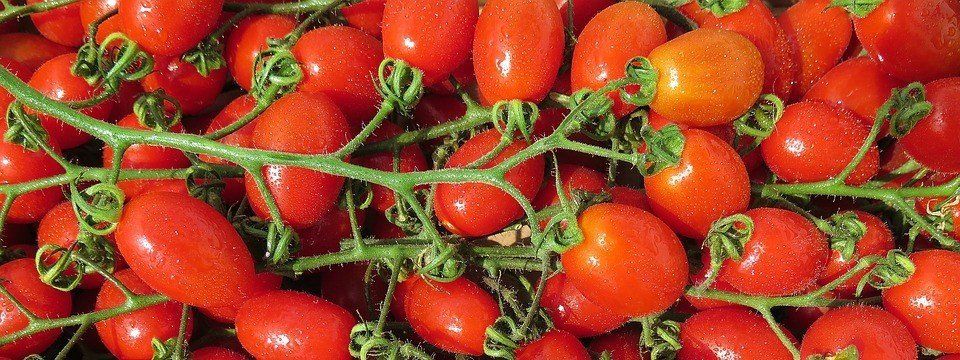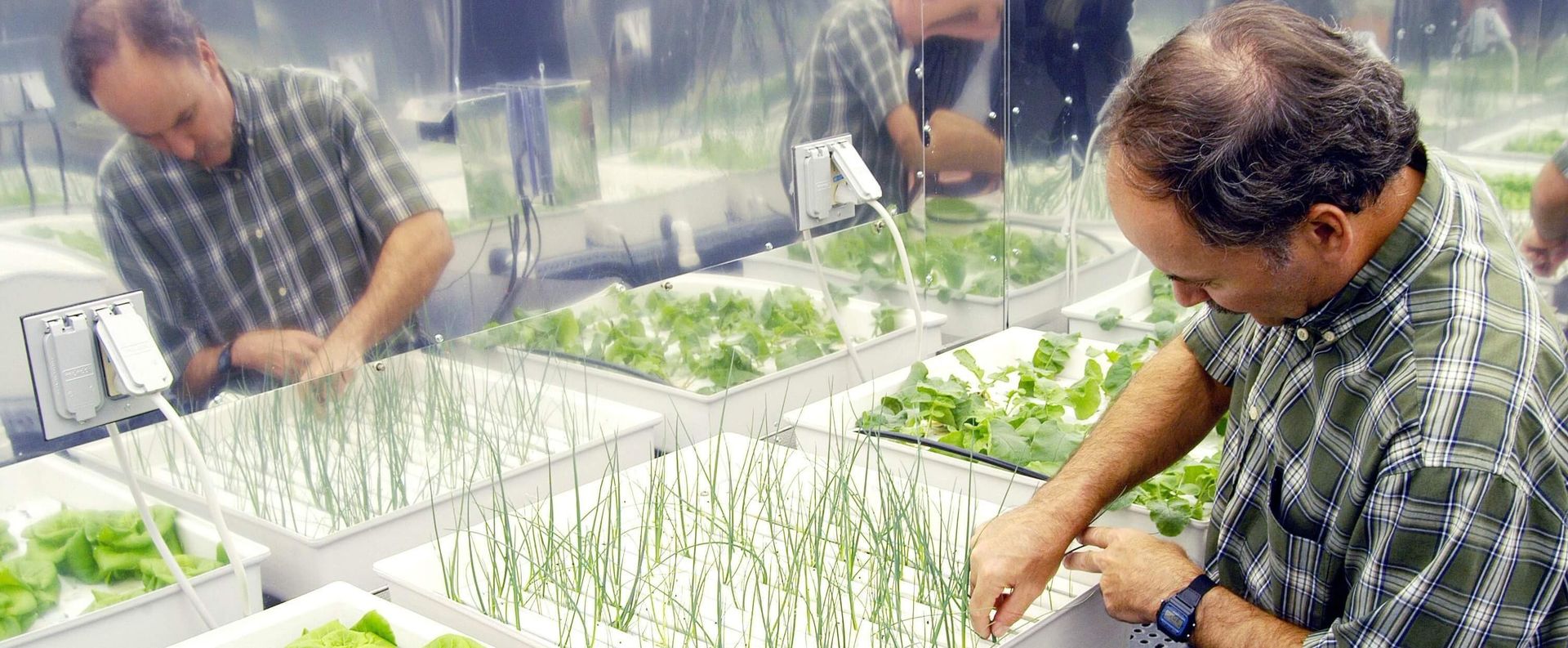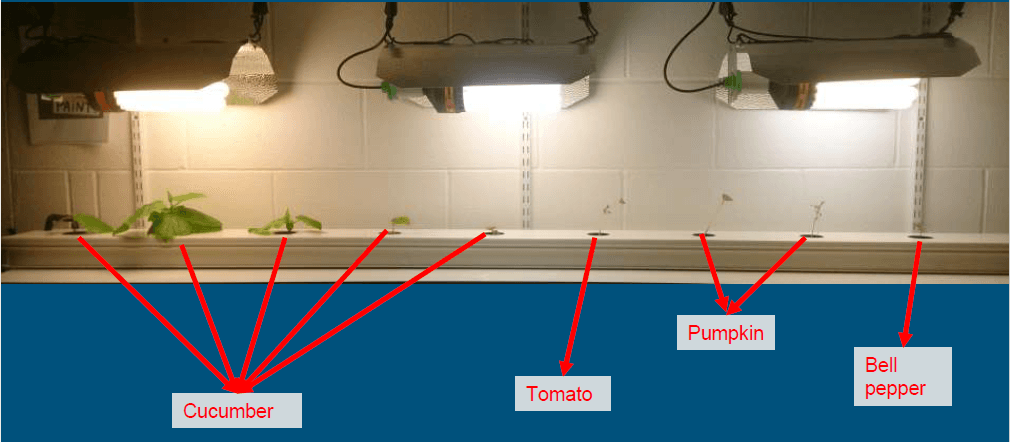The Progression of Hydroponics throughout History
From the Babylonian Times to the Present Day
Hydroponic principles have been in practice for thousands of years and were used by the Egyptians, Aztecs and the Babylonians. These regions had dry climates and required an alternative to simply growing near to a river. In Babylon a chain system took water from the Euphrates River which flowed upwards to the landing or garden where it would satisfy the plants. An early record of this is known as the Hanging Gardens of Babylon and goes back to around 600 BC
As time progressed it was recognised that changing the plants' environments can prolong growth. During the Roman Empire the plant beds were moveable so that they could be brought inside during cold or unpleasant weather periods. This is where the idea of greenhouses originated and these were in use as early as the 13th century.
Moving forward to the 18th century, during the American Revolution, 90% of the population there were farmers. This compares to just 3% being farmers in modern times. So a question this raises is how and where are our fruit and vegetables now grown?
Well, the modern system began with scientific experiments that began in (slightly) more modern times. In 1600 it was first noted that plants obtained the substances required for growth via the water that fertilised them. This was groundbreaking research from the Belgian Jan Van Helmont.
In 1699 John Woodward studied this further and established that plants grew the best in water that contained the most soil. This demonstrated that the actual nutrients came from the soil and ware simply delivered by the water.
In the 19th century it was discovered that plants get hydrogen from the water along with carbon and oxygen from the air during a process that is now known as photosynthesis. Two German botanists discovered the formula required for plant growth. Success was achieved when the plants' roots were immersed in a solution of minerals containing calcium (Ca), sulphur (S), magnesium (Mg), potassium (K), phosphorus (P) and nitrogen (N). This process is now known as 'nutriculture' and the substances required are referred to as 'macroelements' or 'macronutrients' meaning relatively large amounts are required.
Although this science had long been discovered and researched the implementation on a large scale only really began in the early 20th century. Issues such as fertility and pests that were commonplace in traditional soil methods led to hydroponics being a realistic alternative. This alternative has become known as controlled-environment agriculture, or CEA for short.
The term 'hydroponics' first came about in a discussion between W.A. Setchell and W.F. Gericke who were very keenly experimenting at the University of California. In essence the term is quite simple with 'hydro' being Greek for 'water' and 'ponos' meaning 'working'. Now whilst this procedure was doubted at the time, Gericke proved them wrong with his 25 foot tomato plants!
This idea began to cross all borders - by the 1950's the former Soviet Union were using the techniques as well as Israel, France, Spain, Italy and England.
By the 1990's NASA were researching the possibility of growing plants on Mars and Hydroponic (CEA) techniques were used in a prototype research facility at the Kennedy Space Centre in Florida. In 1999 an American university implemented a setup that grew over 1,000 lettuces each day.
Good ideas always grow fast once the roots take shape!
According to the Guardian
we are now moving towards large scale and technologically controlled farming. The technological aspects can certainly be applied to hydroponic systems and we believe that with the efficient and effective equipment available it is easily possible to grow much of your own producewithout a garden by utilising indoor space or on a balcony.
We recently installed a hydroponic 'gully system' at the University Academy of Engineering
in London which is teaching students how plants can be grown indoors where space is limited. Can you visualise a system that is designed to suit your decoration and furniture at home? Let us know, this would be a great thing to provide for the future!
This article was researched and written by Brockney C who would like to thank Hydrogarden , Green and Vibrant and Bowery Farming for parts of the information within.






